Neuroscience
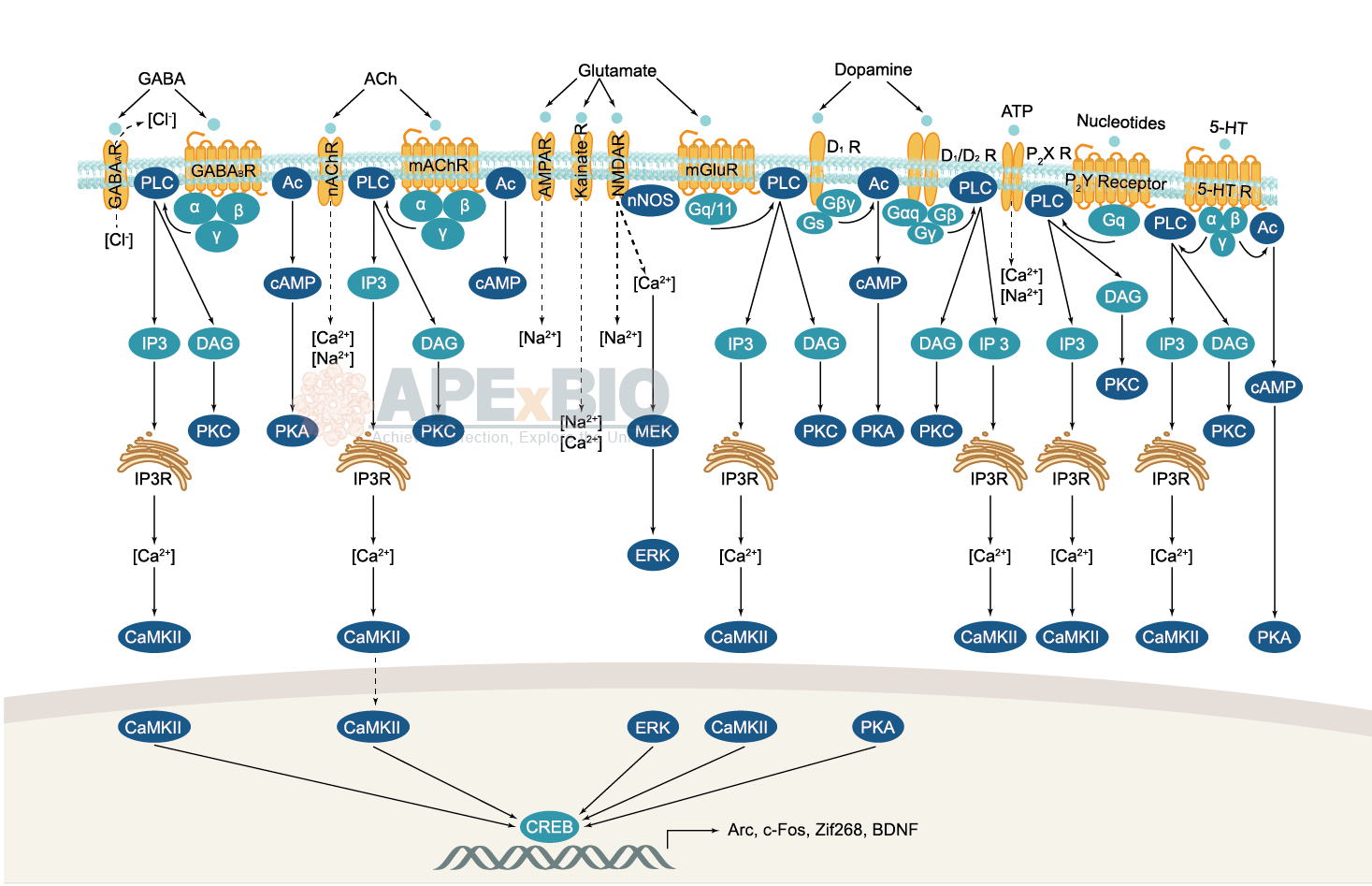
Neurotransmitter receptors function via various G-protein coupled and G-protein independent mechanisms that activate downstream intracellular signaling pathways such as cAMP/PKA, PI3K/AKT, phospholipase A2, and phospholipase C pathways. For instance, dopamine receptors act through adenylate cyclase to activate PKA and other signaling molecules, thereby mediate gene expression through the actions of CREB and other transcription factors. Other neurotransmitters such as NMDAR or AMPAR are associated with ion channels that control flux of Ca2+ and Na+, thus propagating the action potential across the post-synaptic neuron.
Dysfunctions in GABAergic/glutamatergic/serotonergic/dopaminergic pathways result in a broad range of neurological disorders such as chronic pain, neurodegenerative diseases, and insomnia, as well as mental disorders including schizophrenia, bipolar disorder, depression, and addiction.
-
 C4052 Asoxime (chloride)Summary: AChE reactivator
C4052 Asoxime (chloride)Summary: AChE reactivator -
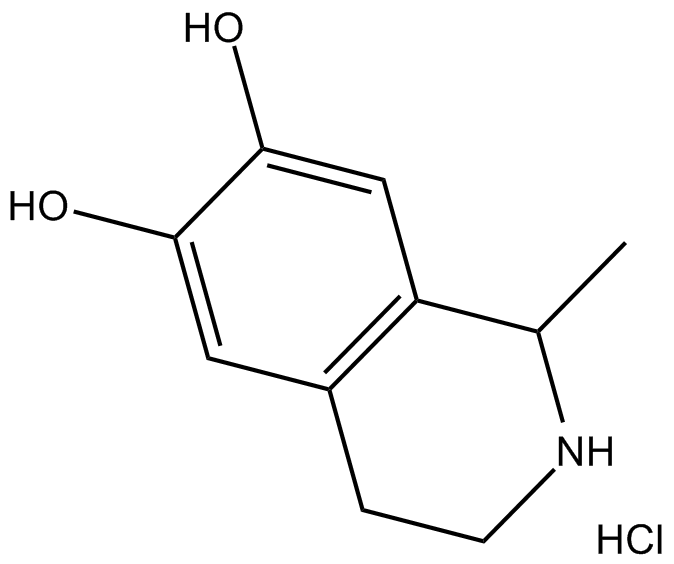 C4364 (±)-Salsolinol (hydrochloride)Summary: depolarize dopamineric neurons
C4364 (±)-Salsolinol (hydrochloride)Summary: depolarize dopamineric neurons -
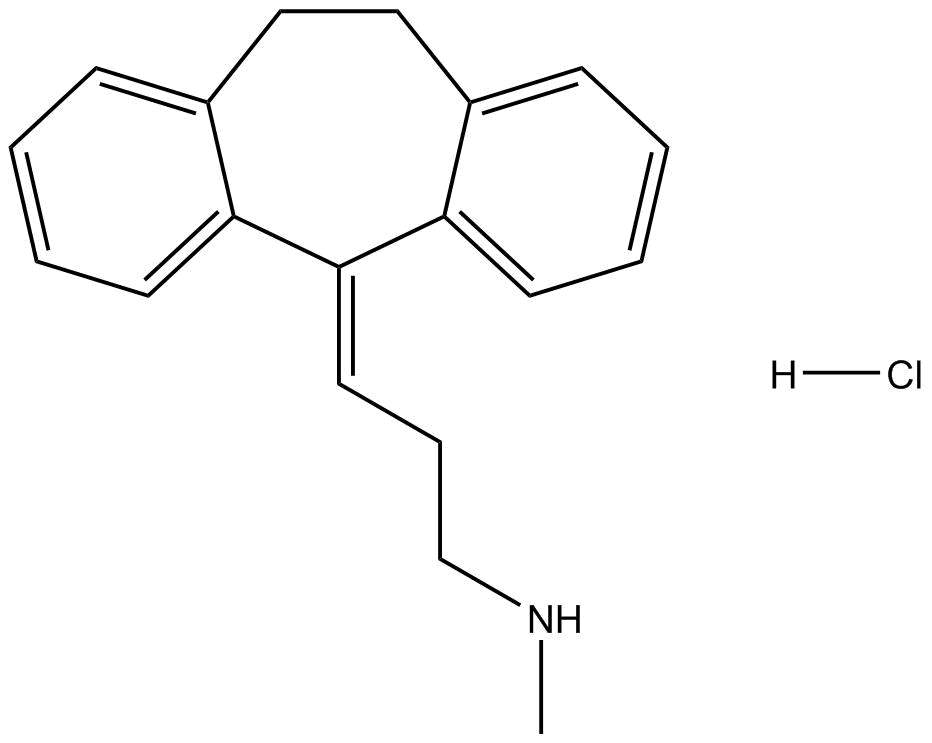 C4077 Nortriptyline (hydrochloride)Summary: norepinephrine and serotonin transporters blocker
C4077 Nortriptyline (hydrochloride)Summary: norepinephrine and serotonin transporters blocker -
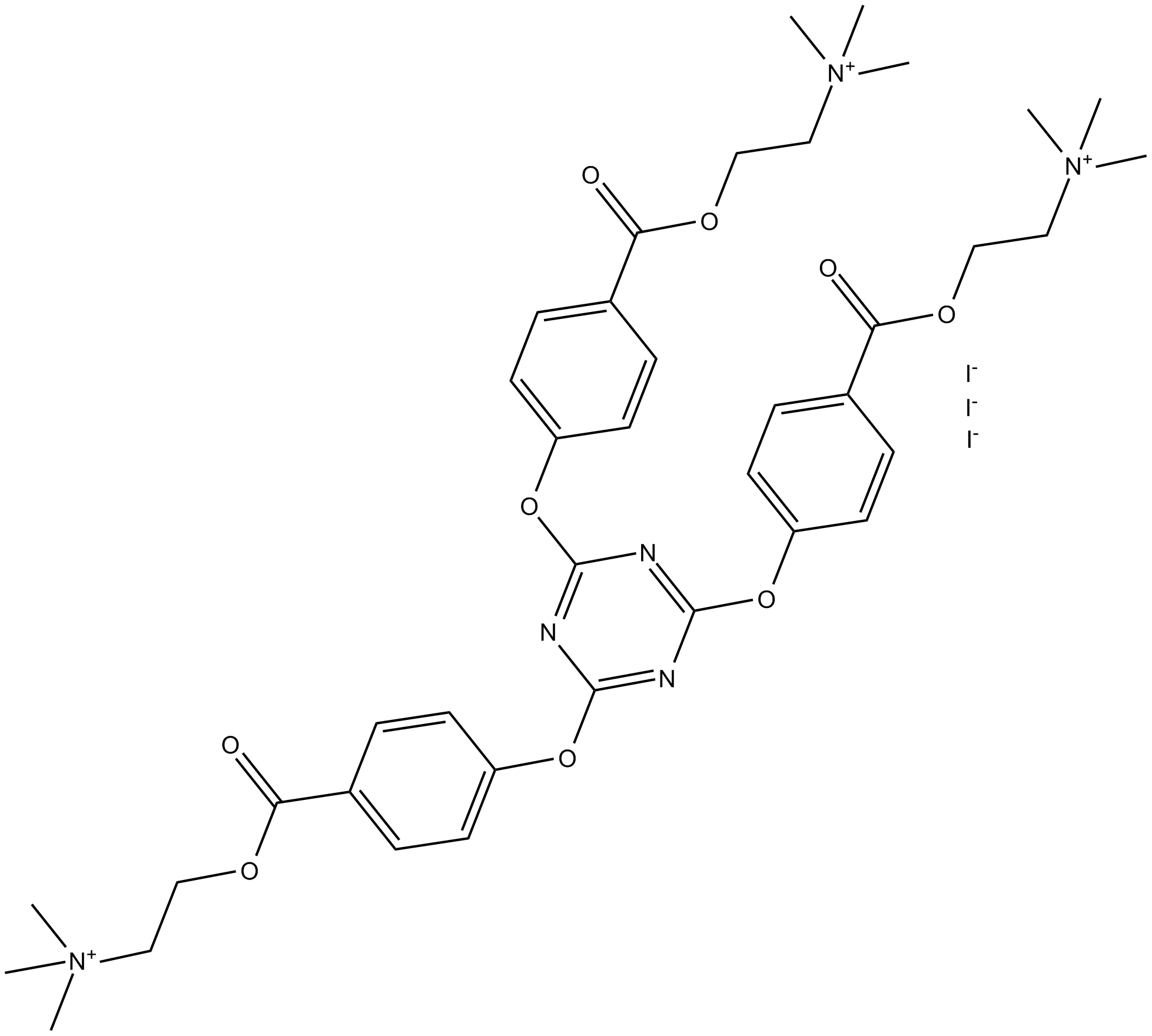 C4446 TAE-1Summary: inhibitor of amyloid-β fibril formation and aggregation
C4446 TAE-1Summary: inhibitor of amyloid-β fibril formation and aggregation -
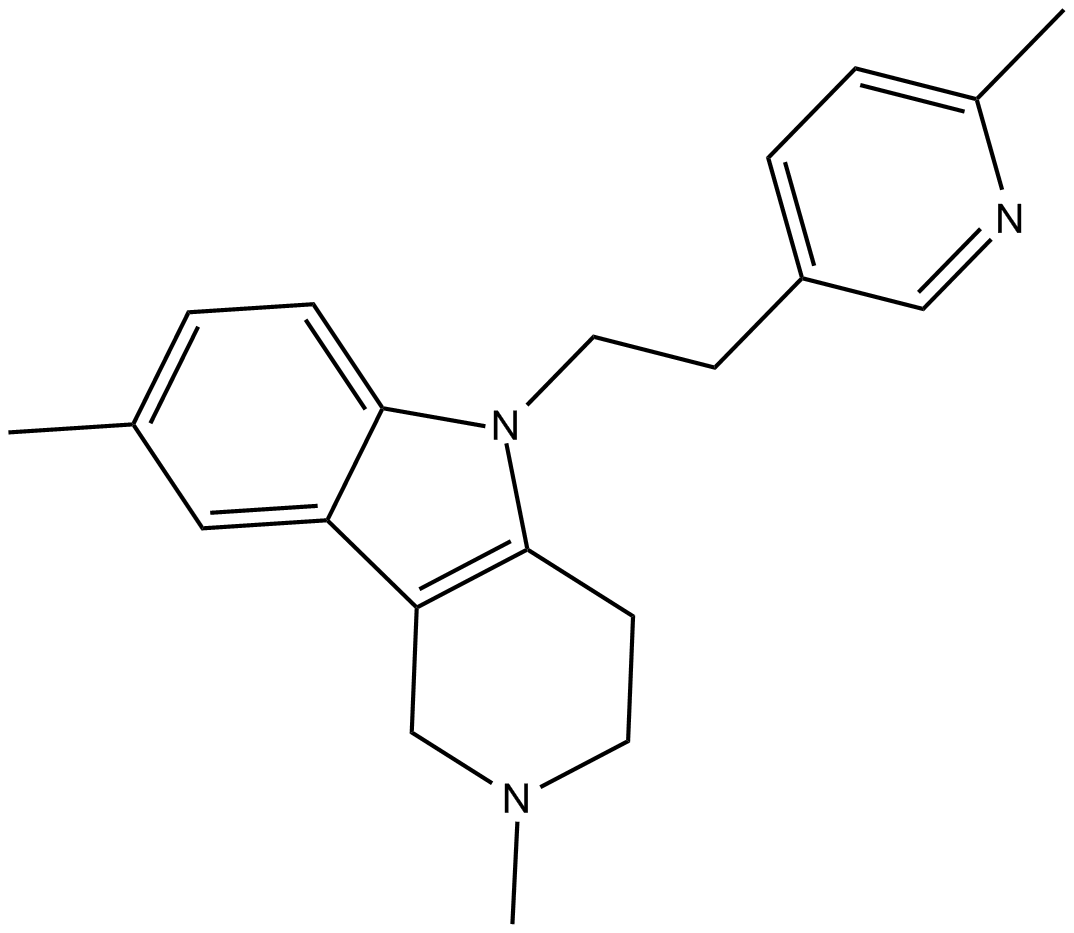 C4255 DimebolinSummary: antihistamine, orally-available
C4255 DimebolinSummary: antihistamine, orally-available -
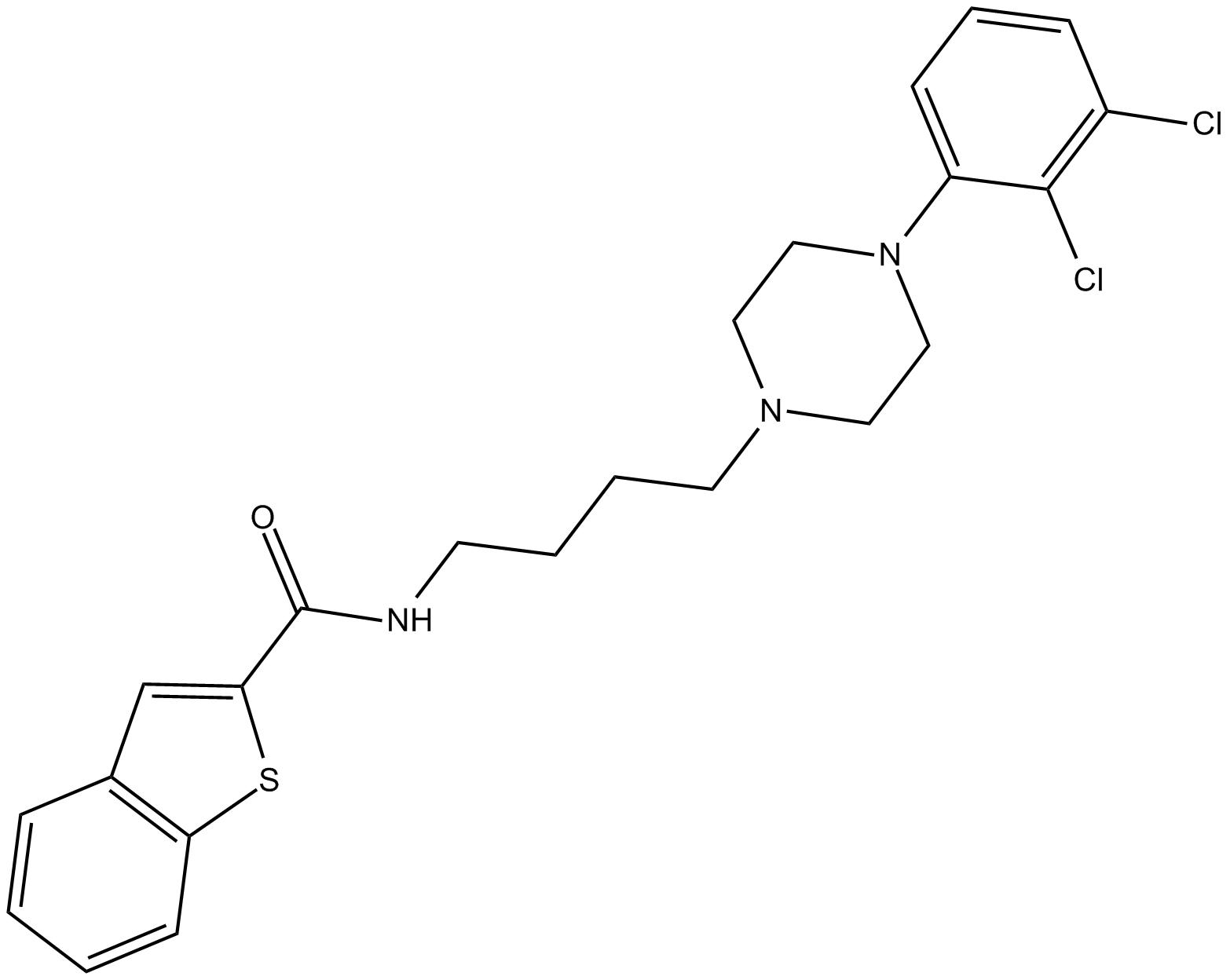 C4494 FAUC-365Summary: D3 dopamine receptor agonist
C4494 FAUC-365Summary: D3 dopamine receptor agonist -
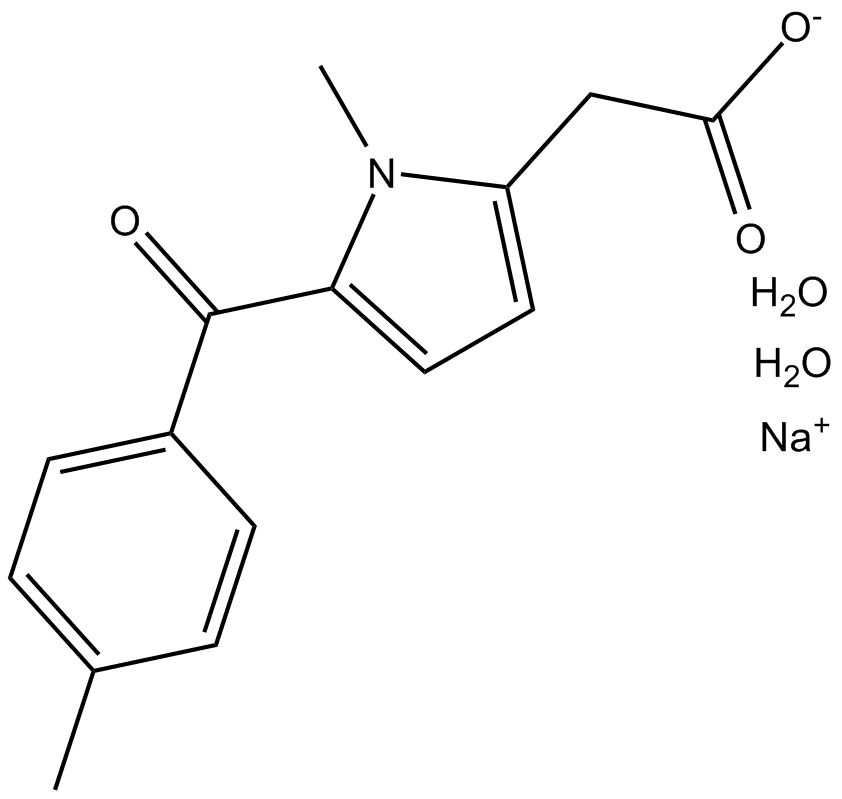 C4720 Tolmetin (sodium salt hydrate)Summary: non-steroidal anti-inflammatory drug that non-selectively inhibits human COX-1 and -2
C4720 Tolmetin (sodium salt hydrate)Summary: non-steroidal anti-inflammatory drug that non-selectively inhibits human COX-1 and -2 -
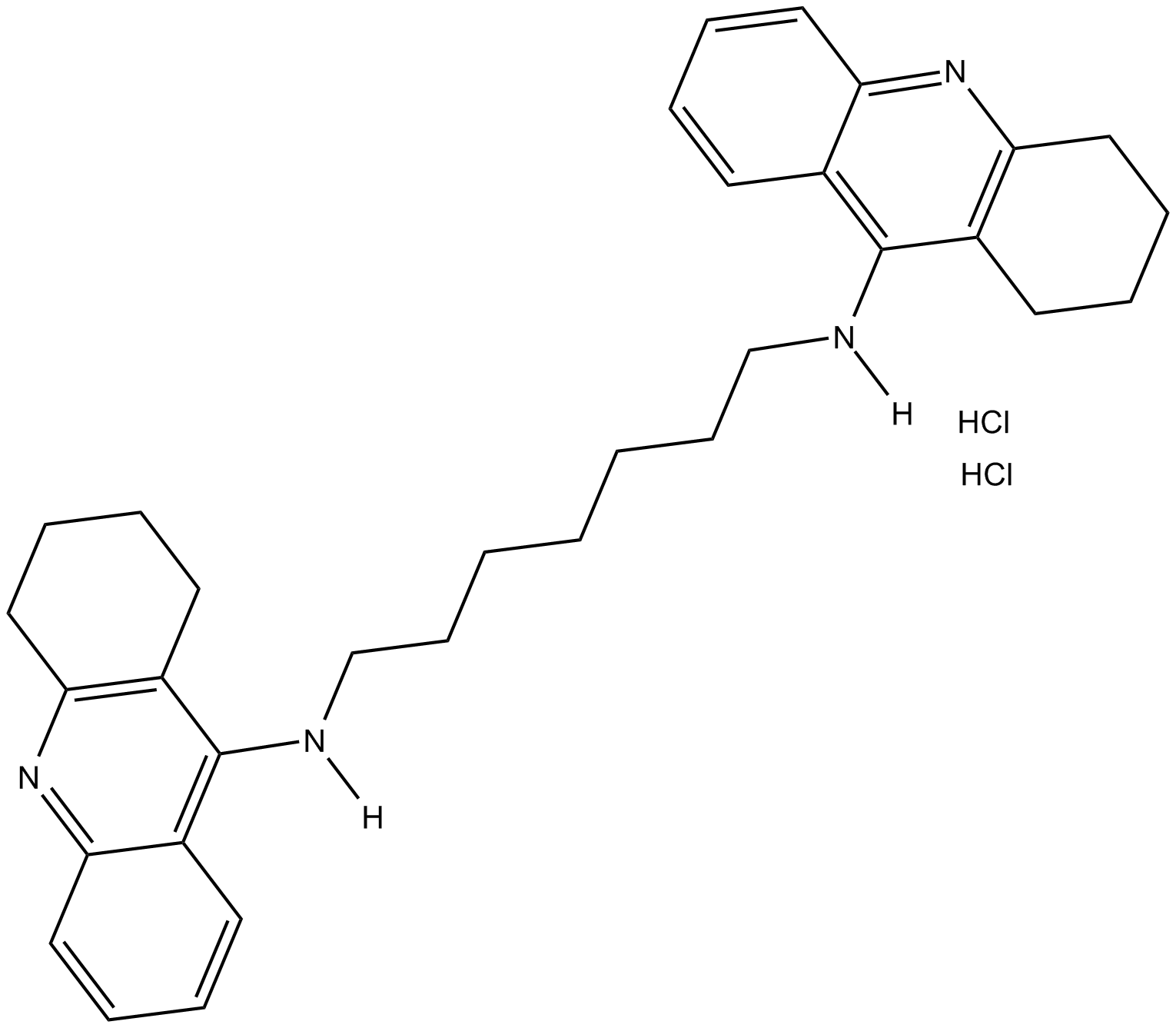 C4594 bis(7)-TacrineSummary: AChE inhibitor
C4594 bis(7)-TacrineSummary: AChE inhibitor -
 C4718 Indomethacin heptyl esterSummary: non-selective inhibitor of both COX-1 and COX-2
C4718 Indomethacin heptyl esterSummary: non-selective inhibitor of both COX-1 and COX-2 -
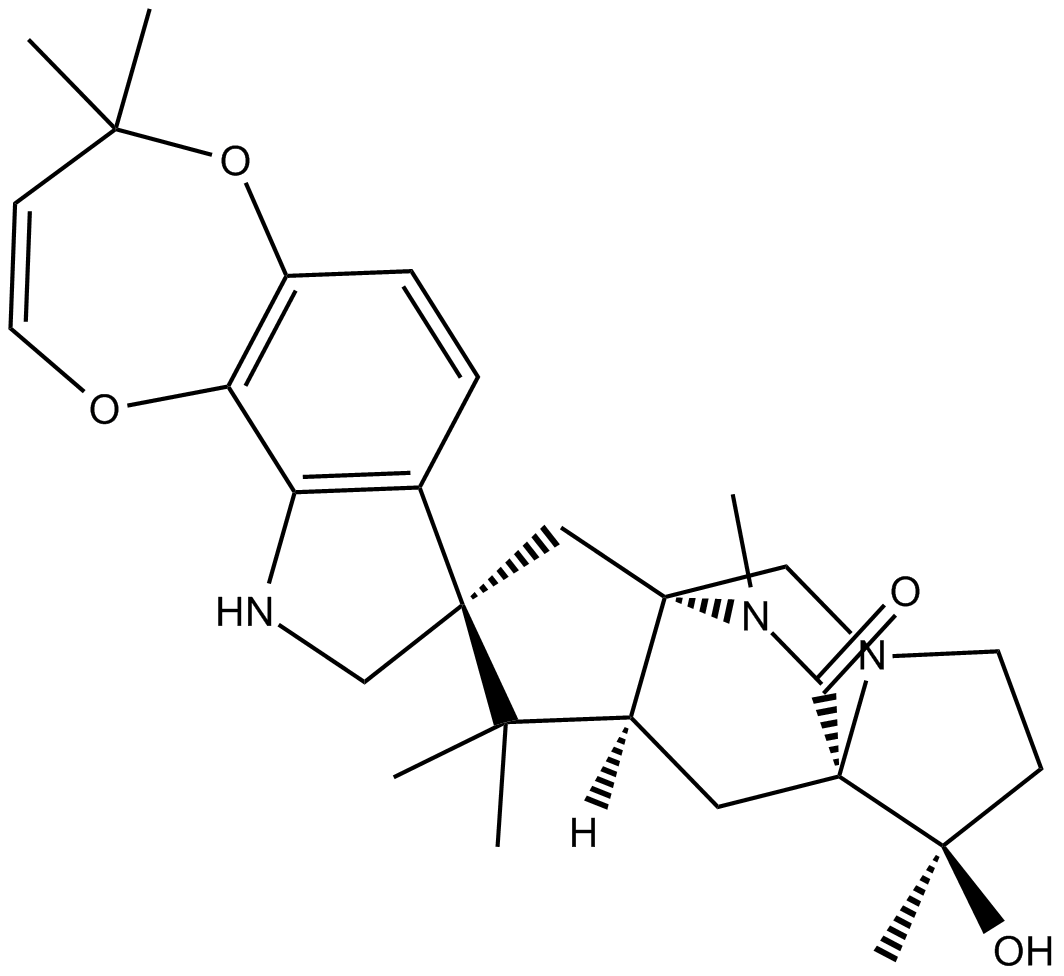 C4619 DerquantelSummary: nicotinic acetylcholine receptor antagonist
C4619 DerquantelSummary: nicotinic acetylcholine receptor antagonist

